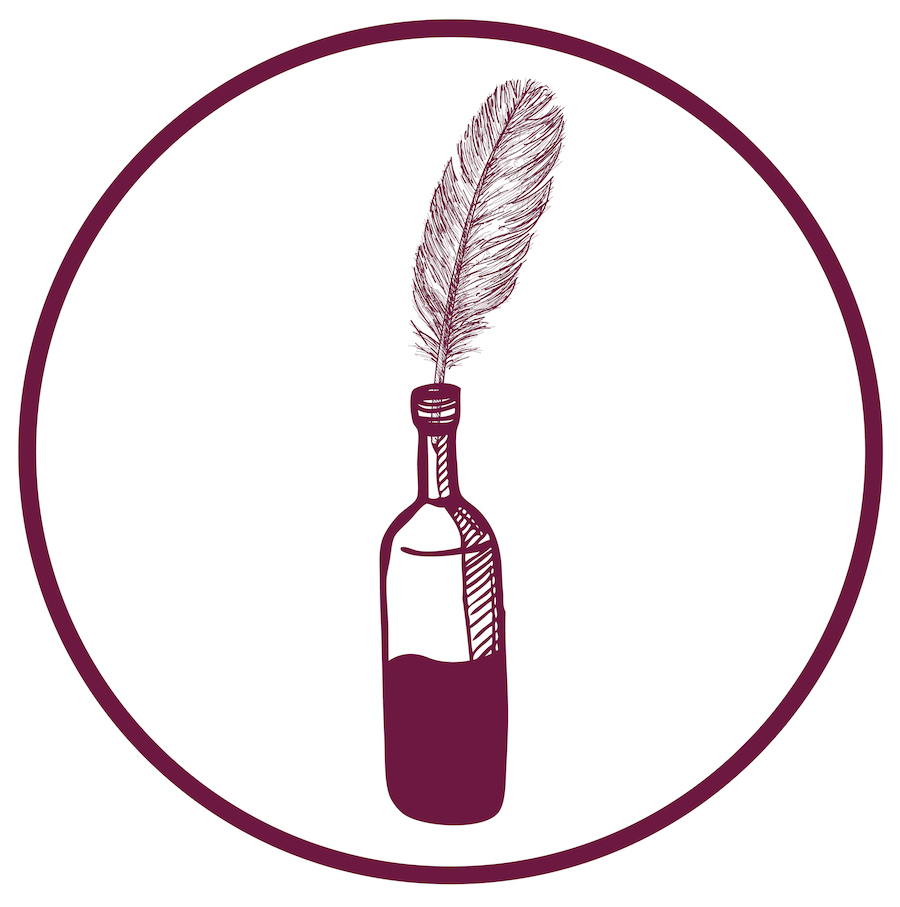Updated December 2021
Ask the Wine Scribes
Recently, Wine Scribes was asked about the word terroir. It’s a French word used to describe the influence of soil, topography, location, etc. on wine characteristics. The question was whether terroir is appropriately used when speaking about wine or is it primarily a marketing tool, especially in the US?
What is Terroir?
Terroir – /terˈwär/
The word terroir can spark heated debates amongst industry members and wine enthusiasts alike.
The complete natural environment in which a particular wine is produced, including factors such as the soil, topography, and climate.
Oxford English Dictionary
The word terroir in and of itself is not a gimmick–it encapsulates a multitude of factors which reference a precise location i.e. soil and topography. However, the word is often mis-used and manipulated by many marketing and salespersons in the US wine industry; in this use-case, the word “terroir” is in-fact, a marketing gimmick.
There are a vast number of factors which start in the vineyard and culminate in the one’s glass; some clear and others more imprecise. As noted in Wine Science: Principles and Applications by Ron Jackson, “This element of imprecision actually provides producers with a marketing advantage, ensuring the continuing mystique of a wine’s supposed terroir uniqueness and … vintage distinctiveness”.

Terroir is a Gimmick (example 1)
An example of this which I’ve observed is a particular producer in the Sonoma Coast. The Pinot Noirs we tasted were decently balanced, aromas pretty neutral and body a bit thin (but as to be expected for that area). The finish was short and all in all, I would categorize this as a mediocre wine; especially with a price tag of $125/per bottle.
During the tasting, the cellar door staff repeatedly brought up the uniqueness of this bottle due to the unique terroir — the vineyard site situated so close to the ocean that one can “taste the salinity and oceanic waves in every glass”. Were the grapes actually absorbing that ocean mist, salinity from the waves and preserved this aroma all the way past alcoholic and malolactic fermentation and into the glass? I am skeptical. But I could see how a speech like this could mesmerize a novice wine drinker into thinking the terroir origin of this specific bottle of wine was unique and thus, justified the price tag. The concept of terroir used in this way, is a marketing gimmick.
Terroir is not a Gimmick (example 2)
On the other end of the spectrum, on my multiple visits to Chablis, I noticed that the Chardonnays on the whole tasted different. There was a succinct crisp citrus, seashell, oyster aroma that is undeniably associated with that specific tiny region of the world. When tasting here, my brain flips between all the regions I’ve tasted Chardonnay.. Sonoma, Cote d’Or, Margaret River.. And none retain that precise aroma in the glass. So what’s the cause?

It’s well-known that the soils in Chablis include compacted limestone and clay containing abundant fossils of marine organisms (along with tiny oysters) from hundreds of millions of years ago. I believe that terroir (specifically the soil, topography) in this case does have a major influence over the region’s produced wine. In this case, the word terroir is NOT a marketing gimmick. Not to mention, one can find great bottles for under 25 euro!
Just a problem with US?
I’m not suggesting that US producers are all sleazy marketers and French producers are noble in their advertisement of terroir. No, there are innocent and guilty parties on both sides. I don’t believe the US deceivingly markets the term more because of lack of regulation and winemaking diversity. The US deceivingly markets the term more because they are, as a whole, better marketers and have a population that is more willing to pay a premium for product differentiation and exclusive, prestige wines.
There are plenty of unique terroir regions in the US that can claim some sort of unique terroir influence i.e. the unique diatomaceous earth of the Santa Rita Hills, or the nutrient-rich Volcanic soils of Ribbon Ridge and Moon Mountain; these regions have unique characteristics in soil, topography and climate resulting in characteristics apparent in many resulting glasses–and thus, the word terroir is perfect if not essential for descriptions. However, when the origin of the grape has little to do with the end result and terroir is referenced and/or embellished, then the word itself is transformed into a marketing monster.





